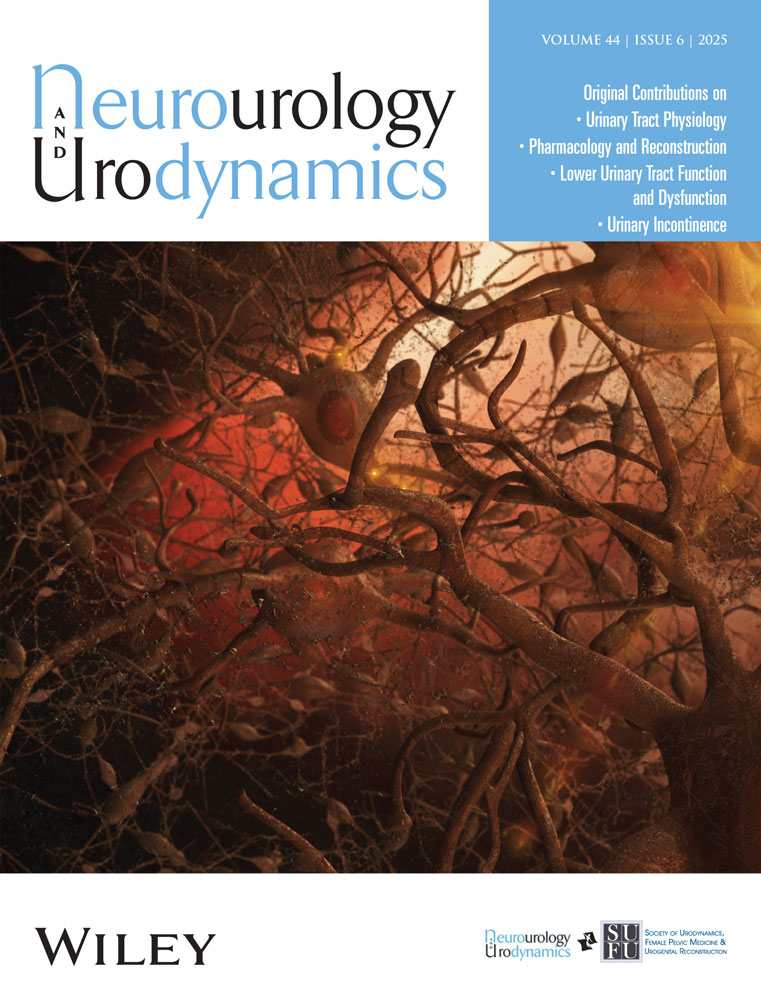Prevalence and correlation of urinary incontinence and overactive bladder in Taiwanese women
Abstract
Aims
We randomly sampled a community-based, healthy population to evaluate the prevalence and correlation of urinary incontinence and overactive bladder. We also assessed the influences of these conditions on quality of life and associated risk factors.
Methods
Of the 1,581 women sampled (2.92% of registered female residents aged 20 years and older), 1,253 (79.1%) women were successfully interviewed by using the Bristol Female Urinary Tract Symptoms Questionnaire (r=0.87, P<0.05) and the Questionnaire of Impact index regarding the impact on quality of life (r=0.91, P<0.05).
Results
A total of 53.7% of the women sampled suffered from urinary incontinence and related symptoms. The prevalence of stress urinary incontinence, overactive bladder, and mixed incontinence, mutually exclusive of each, was 18.0%, 18.6%, and 17.1%, respectively, from the patients' perceptions. Judging by the criteria of the International Continence Society, the prevalence of the above three conditions was 4.3%, 2.4%, and 1.8%, respectively. Of the women who perceived storage symptoms, 21.1% experienced frequency, 12.6% had urgency, 25.5% had nocturia, and 9.1% had urge incontinence. The occurrence of stress urinary incontinence increased with age up to 65 years old (25% in 50–65-year-old cohort), and the number of overactive bladder conditions significantly increased in the elderly women (over 65 years old, 39.3%). Approximately two thirds of the incontinent women had restricted their social activities (due to worrying about wetting or leakage and no toilet facilities available), and approximately 19% of the incontinent women had an affected sexual life. However, only 27.1% of the women with urinary incontinence and related symptoms in this study had reported seeking medical services to solve these problems.
Conclusions
The prevalence of urinary incontinence and overactive bladder in Taiwanese women is similar to that of Western women. Neurourol. Urodynam. 22:109–117, 2003. © 2003 Wiley-Liss, Inc.




